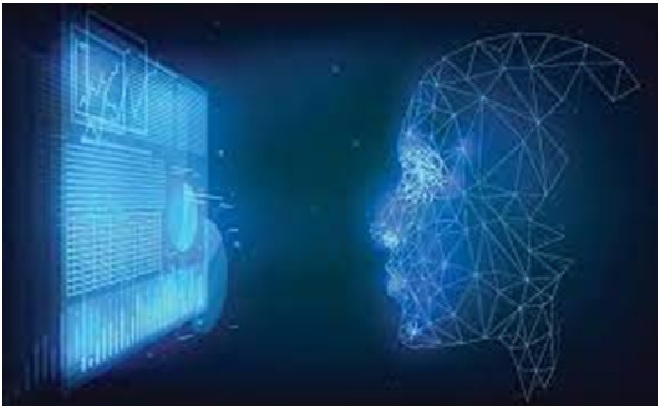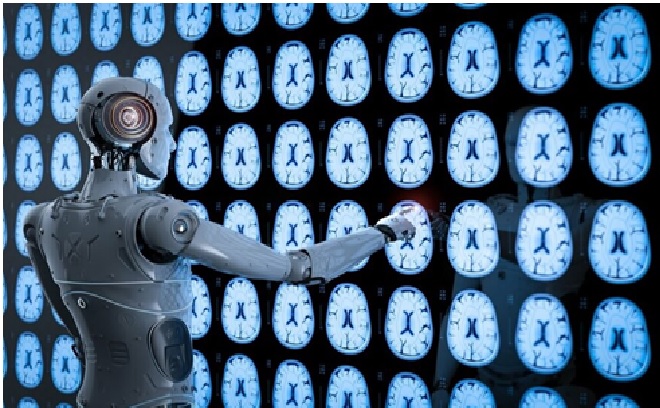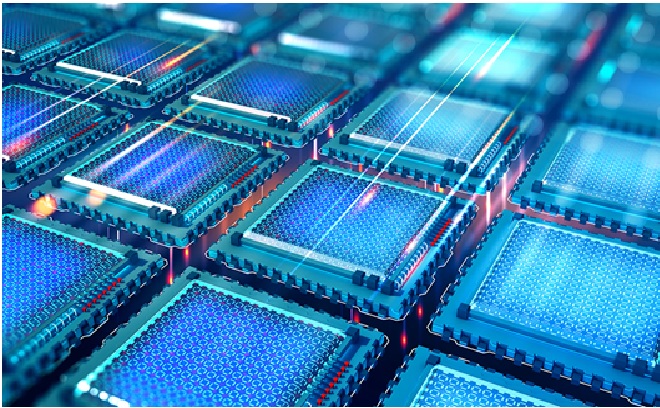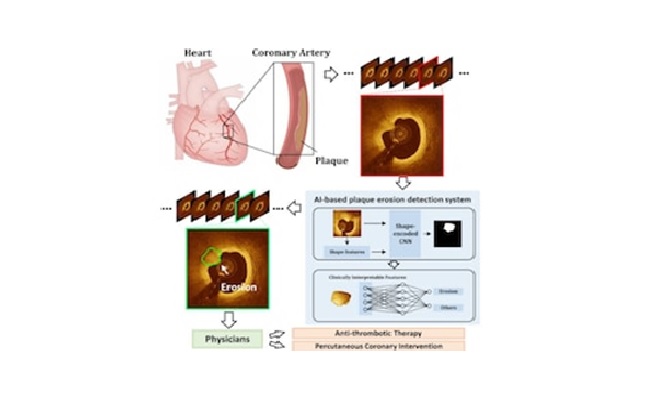New Technology Gives AI Human-Like Eyes
Researchers at the University of Central Florida (UCF) have built a device for artificial intelligence that replicates the retina of the eye.The research might result in cutting-edge AI that can identify what it sees right away, such as automated descriptions of photos captured with a camera or a phone. The technology could also be used in robots and self-driving vehicles.
The technology, which is described in a recent study published in the journal ACS Nano, also performs better than the eye in terms of the range of wavelengths it can perceive, from ultraviolet to visible light and on to the infrared spectrum. [1]
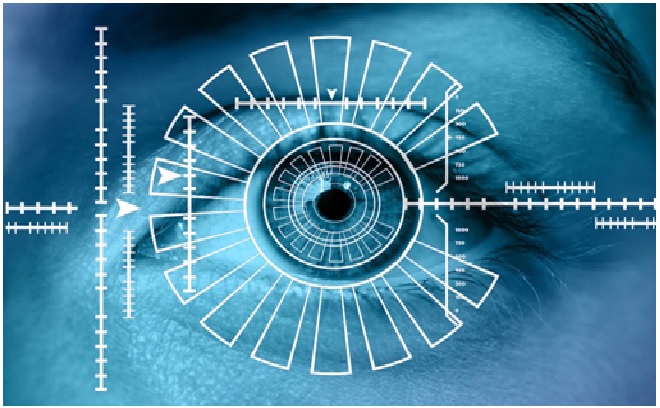
Figure 1. New Technology Gives AI Human-Like Eyes
Figure 1 shows its ability to combine three different operations into one further adds to its uniqueness. Currently available smart imaging technology, such as that found in self-driving cars, requires separate data processing, storage and sensors.
The researchers say that, by integrating the three procedures, the device conceived by the UCF is very faster than existing technology. With hundreds of devices packed onto a one-inch-wide chip, the technology is also quite compact. [2]
This technology is an extension of previous work by research teams that created brain-like devices that enable AI to function in remote areas and in space.
“If you’re in a self-driving car at night and your car’s imaging system is operating only at certain wavelengths, such as visible wavelengths, you can’t see what’s in front of it,” says Islam. “But in our case, on our device, we can actually see the whole state.” [3]
“We had devices, which behaved like the synapses of the human brain, but still, we were not feeding them the image directly,” Roy says. “Now, by adding image sensing ability to them, we have synapse-like devices that act like ‘smart pixels’ in a camera by sensing, processing, and recognizing images simultaneously.”
The researchers tested the device’s accuracy by having it sense and recognize a mixed wavelength image — an ultraviolet number “3” and an infrared part that is the mirror image of the digit that were placed together to form an “8.” They demonstrated that the technology could discern the patterns and identify them both as a “3” in ultraviolet and an “8” in infrared. [4]
References:
- https://reporterwings.com/news/tech/new-technology-gives-ai-human-like-eyes/
- https://portugal.postsen.com/news/67852/New-technology-gives-human-eyes-to-artificial-intelligence.html
- https://tetracyclined7k.com/new-technology-gives-ai-human-like-eyes/
- https://scitechdaily.com/new-technology-gives-ai-human-like-eyes/
Cite this article:
Thanusri swetha J (2022), New Technology Gives AI Human-Like Eyes, AnaTechMaz, pp.135


